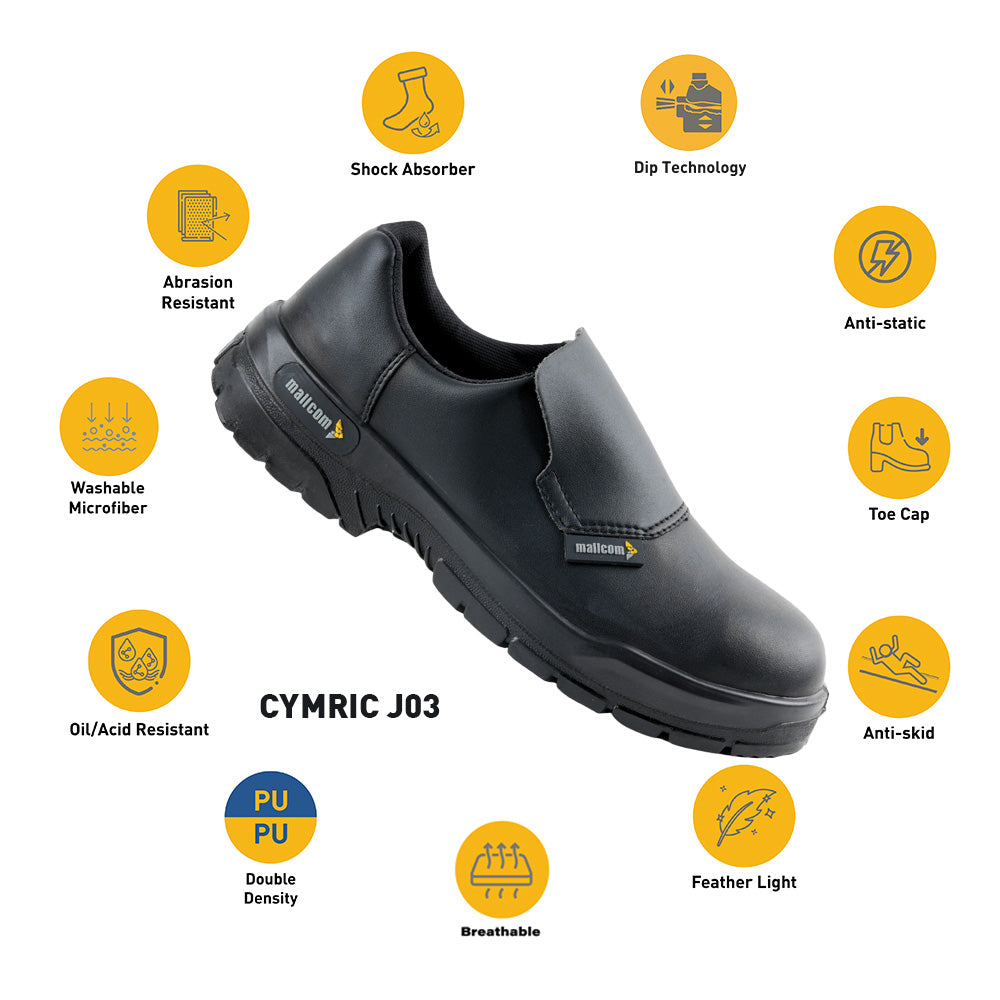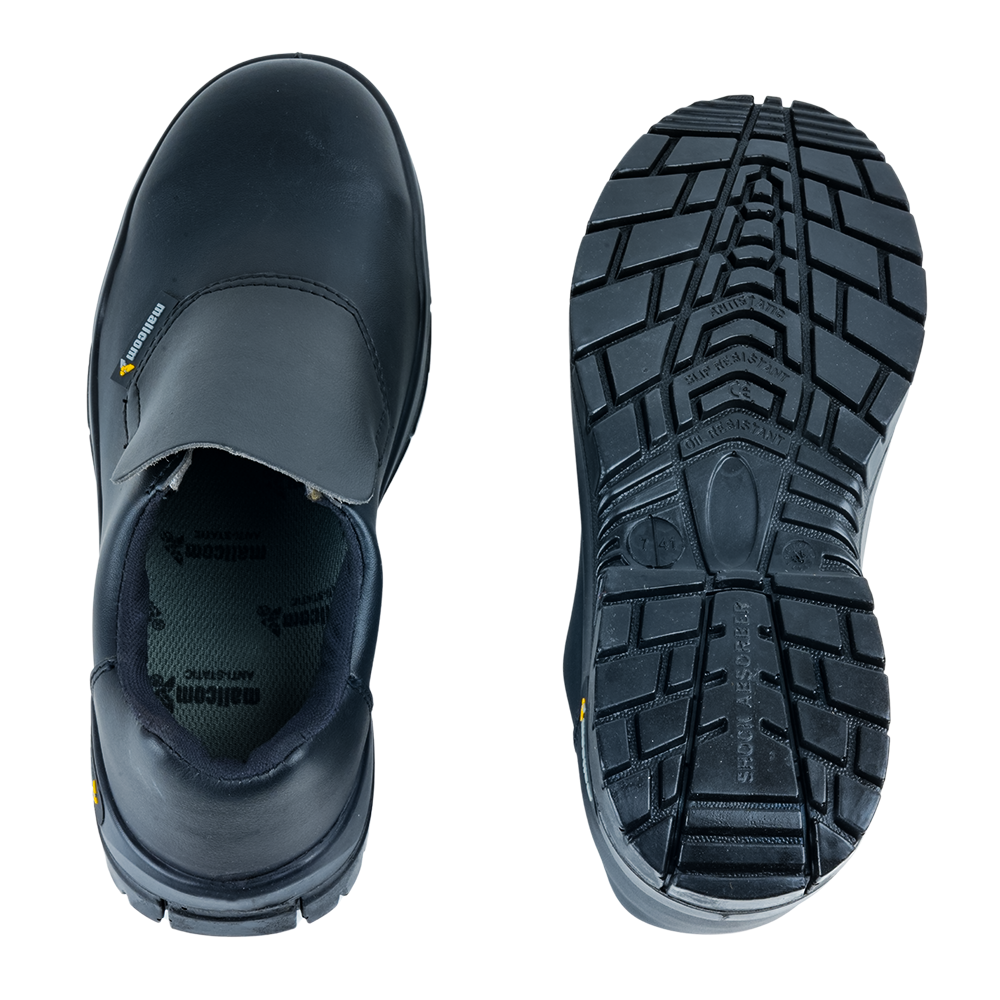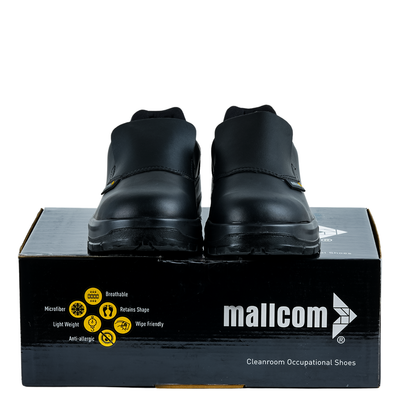CYMRIC J03 OB
Share
O2 Cleanroom Occupational shoes
-
UPPER: Washable Microfiber Slip on
-
LINING: Breathable, Comfortable, moisture-wicking, Black Air Mesh
-
TOE CAP: Thermoplastic Toe Cap
-
INSOCKS: Removable EVA Polyamide Antistatic
-
SOLE: Abrasion Resistant, Antiskid, Fuel Resistant, Shock Absorbent Double Density PU Black sole
-
Certification Norms: Compliant with EN ISO 20345:2011 & IS –15298 (PART-2): 2016 certification standards.
Occupational
Breathable
Washable
Anti Allergic
EN 20347:2022
Delivery & Services

Easy Return
with our 15 days return poicy







ABOUT THE DESIGN

USEFUL IN THESE INDUSTRIES
HOSPITALITY
FOOD & BEVERAGE
LOGISTICS
PHARMACEUTICAL

Product Features
ABOUT THE DESIGN

USEFUL IN THESE INDUSTRIES
HOSPITALITY
FOOD & BEVERAGE
LOGISTICS
PHARMACEUTICAL
Product Details





































